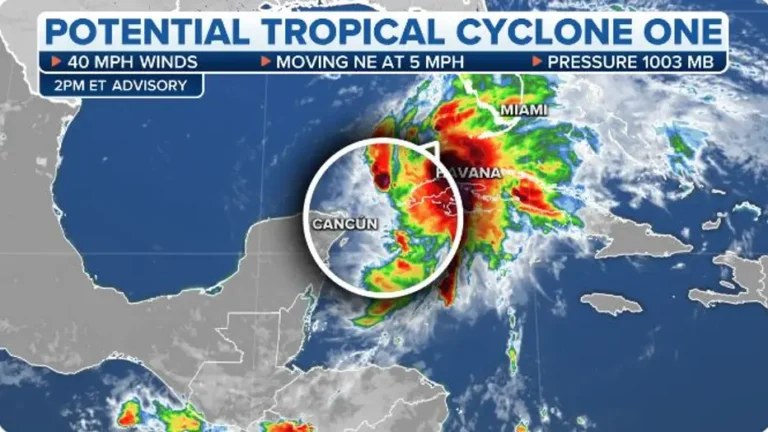
China, often hailed as the world’s manufacturing powerhouse, is currently grappling with a significant. Economic challenge as its export sector faces its most substantial drop in three years. This alarming trend has raised concerns not only within the Chinese government but also on an international scale. As the implications of China’s export decline ripple across global markets.
The latest data released by China’s General Administration of Customs paints a somber picture. The nation’s exports contracted by a staggering 12.4% in the past month alone. Marking the sharpest decline since 2020. The unexpected and substantial slump has set off alarm bells among policymakers and economists worldwide. Who are now carefully monitoring the situation’s evolution.
The Export Woes:
China’s export-oriented economy has been a key driver of its remarkable growth over the past few decades. However, this overreliance on exports has left the country particularly vulnerable to external shocks. Such as the ongoing disruptions caused by the COVID-19 pandemic and the evolving global trade dynamics.
The pandemic’s lingering impact on global supply chains has created a complex web of challenges for Chinese exporters. From shortages in raw materials to shipping delays and workforce shortages. Various factors have converged to hinder the smooth flow of goods.
These obstacles, combined with changing consumer behaviors and increased competition from other manufacturing hubs, have contributed to the recent export slump.
Global Implications:
China’s export slowdown isn’t just a domestic concern; its repercussions are being felt far beyond its borders. The global economy, which has been intricately interconnected with China’s production prowess, is now facing a new wave of uncertainties. Many countries that rely on Chinese exports for their own manufacturing processes are experiencing disruptions and delays, leading to potential supply shortages and price hikes.
Industries ranging from electronics to automotive, textiles to consumer goods, are all feeling the impact of China’s export downturn. As Chinese manufacturers struggle to maintain their usual levels of output, businesses worldwide are forced to seek alternative suppliers or adjust their production plans, contributing to a broader economic reshuffling.
Furthermore, the decrease in demand for Chinese goods has prompted concerns about deflationary pressures. If China continues to experience export declines, it could trigger a cascade effect in which lower demand leads to lower prices, potentially stifling economic growth not only in China but also in trading partners that depend on exporting to the Chinese market.
Government Response and Policy Measures:
In response to the alarming export figures, the Chinese government has initiated a range of measures aimed at supporting the export sector and stabilizing the economy. These efforts include providing financial incentives to exporters. Streamlining bureaucratic processes, and enhancing investment in research and development to foster innovation in manufacturing.
Additionally, the government has expressed interest in diversifying its export markets. Traditionally heavily reliant on Western markets, China is now exploring opportunities in emerging economies across Asia. Africa, and Latin America. By doing so, China aims to reduce its vulnerability to economic shifts in any one. Region while also contributing to the development of its trading partners.
Navigating the Path Forward:
The challenges posed by China’s export decline highlight the need for economic resilience and adaptability in an ever-changing global landscape. As countries around the world continue to grapple with the pandemic’s aftermath. It’s becoming increasingly clear that economies overly dependent on a single sector or a specific set of trading partners are more susceptible to shocks.
China’s situation serves as a reminder for nations to diversify their economic strategies, nurture domestic industries, and invest in sectors that are less prone to global supply chain disruptions. Governments must also work collectively to address the broader challenges of global trade, ensuring fair practices, transparent regulations, and a resilient framework that can withstand unforeseen shocks.
Conclusion:
China’s recent export decline, the most significant in three years, underscores the complexities and challenges inherent in today’s interconnected global economy.
The nation’s reliance on exports and the impact of external factors like the pandemic and changing consumer behaviors have contributed to this stark economic shift. As the world watches the situation unfold, governments, businesses, and policymakers must collaborate to build more resilient economies that can weather unexpected storms and foster sustainable growth.
As China navigates its path forward, the lessons learned from this period will likely shape its economic policies for years to come. The global community, too, must take heed and adapt to the realities of a changing economic landscape, where adaptability and resilience are paramount in ensuring stable and prosperous futures for all.














+ There are no comments
Add yours